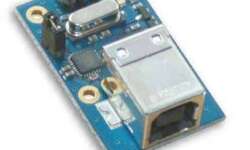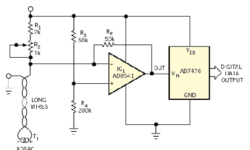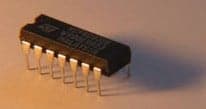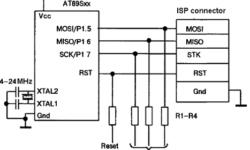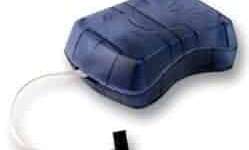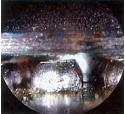
Endoscopy is known to be used in medicine, but it can also be used in other areas of industry like electronics. In big electronic industries where investments are huge, the requirements for quality are also big. In big industries, there is automatic testing using. This allows achieving maximum quality with minimal cost. In smaller industries, there is a requirement to inspect almost every product to avoid faults. One of the biggest problems that may occur is soldering errors, position errors, or other defects. For visual defect identification, endoscopy is often used. Endoscopy in electronics is some AOI (Automatic Optical Inspection), often used to check BGA pins. The endoscope usually consists of a light source directed by fibber glass and an optical sensor with variable focus. Changing focal length, it is possible to view about 50mm area while space between chip and board can be only 0.05mm. Information from the optical sensor can be sent to a computer for further processing. Comparing to the X-RAY method, optical inspection of electronic devices is cheaper.
Continue reading
